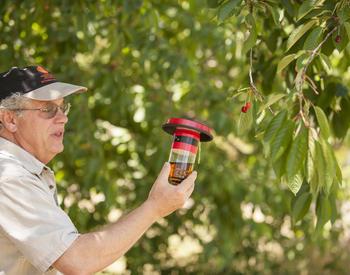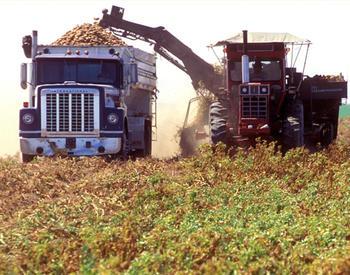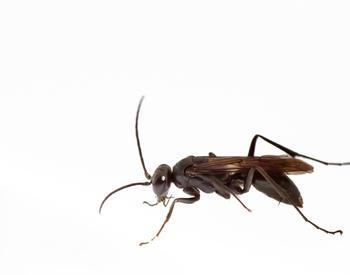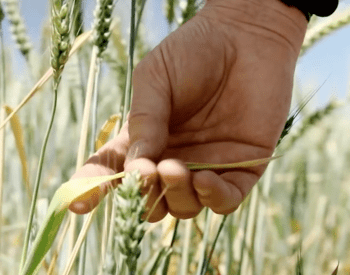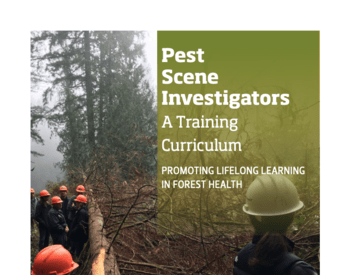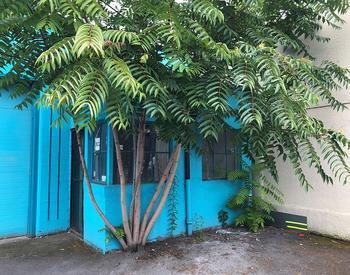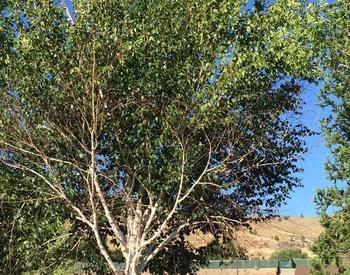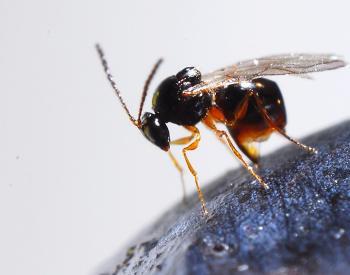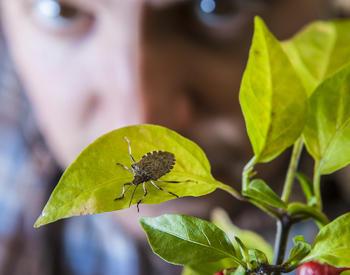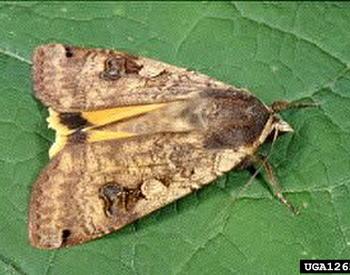Every September, questions from residents about wasps, hornets and yellow jackets increase. These insects gradually build populations over the warm part of the year, resulting in the largest populations — and potential for stings — during late summer and fall. Technically speaking, “wasps” include a huge number of insect species: typically with a narrow waist, yellow and black markings, and much less hair than their bee relatives.
While wasps perform some minor pollination, they are much less efficient than bees due to wasps’ sparse, non-forked hairs. Nobody knows exactly how many species of wasps there are in the world. From tiny parasitic wasps almost invisible to the naked eye to velvety “cow killers” commonly confused with ants in the eastern U.S. to the giant hornets of Asia, there are numerous types and sizes of wasps adapted to nearly every ecosystem and plant habitat.
When most people mention wasps, they’re not thinking of tiny, rainbow-metallic Chalcids that pollinate figs nor the Trichogrammaids, which lay their eggs in the eggs of other insects, routinely committing insect infanticide. Nor are they imagining the many tiny members of the huge Braconid family, most of which are caterpillar parasites. When most non-entomologists picture a wasp, they’re really picturing members of only one wasp family, the Vespidae. Hornets, yellowjackets and paper wasps are all members of this family. The following facts are true for the Vespids but not necessarily for the hundreds of other wasp families we encounter, often unknowingly, in outdoor adventures.
They are somewhat social
Though not as communally cooperative as honey bees, Vespid wasps are the only family that contains social species (meaning they work together). Vespids do not overwinter in their nests. Most species abandon these each year. Fertilized queens overwinter in the ground or protected areas like under tree bark. These queens emerge in the spring. Their offspring assist with nest building, constructed of mud, plant-based materials and excretions from the wasps themselves. The wasps also hunt together for food and nest-building resources.
They are voracious predators
The Vespid wasps are carnivorous predators. Not only do the adults feed on small insects and insect eggs, they also carry small insects and eggs back to the nest to provision the young (larval) wasps. These wasps are such great predators that they have been credited with controlling pest populations on several tropical islands (Vespidae).
They are good for something
Insect predators mostly feed on other insects that are feeding on our plants. The presence of Vespid wasps in your garden means that they are keeping down the populations of those plant-feeding insects — the ones we know as pests. Most Vespids are aggressive primarily when humans are close to the nest or when humans are between a good food source and the nest. If we can tolerate them in the yard or garden, they perform a considerable amount of organic pest control.
Most will soon die due to cold
While colonies are at their population peak in late summer, a hard freeze will kill most colony members, and only the queens overwinter. Just when these wasps are most annoying, they are almost done for the season. Late in the season, waiting for cold to kill off the colony is a reasonable control strategy.
Nest sites change from year to year
If a colony (nest) was particularly problematic this year, chances are it will not be in the same space the following year. Most Vespid species do not have nest site fidelity — they do not return to the nesting site year after year like some birds. However, a few species, particularly those in the Polistes (paper wasp) genus, do use the same space to nest. If you are unsure what kind of wasps you are dealing with and can safely capture a few, they can be identified at your local Extension office. This will provide some insight into potential treatment options if needed.
One of the best resources for identification and management of Vespid species in our region comes from the University of Idaho and can be accessed online: Homeowner Guide to Yellow Jackets Bald Faced Hornets and Paper Wasps. This document provides insight into nesting and feeding habits, chemical and nonchemical control, and how to use or construct your own traps to manage wasps in high-traffic areas. It also contains great advice for locating hard-to-find colonies.
Lastly, it’s helpful to be aware that bee venom and wasp venom do not contain the same allergens. Thus, those allergic to honey bee stings are not automatically allergic to wasp stings, and the reverse is also true.
For more information, see this entry about venom allergy from the National Center for Biotechnology Information.
